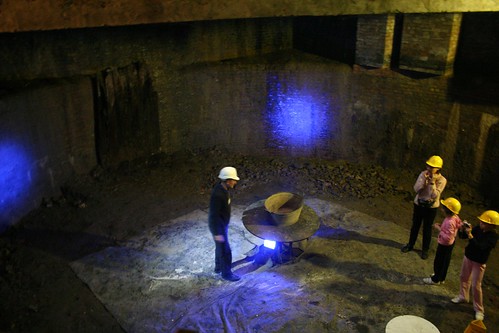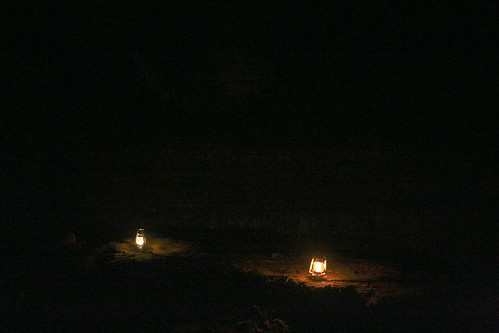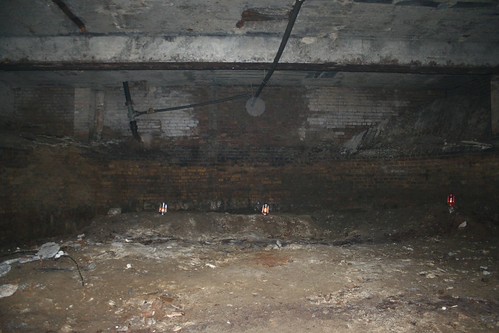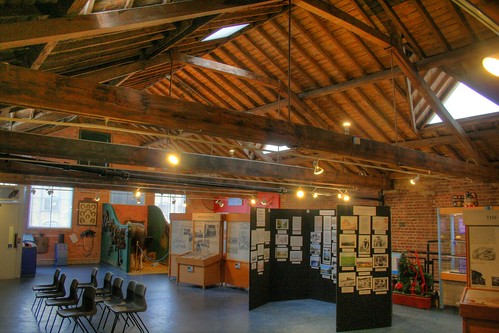In the days before the domestic refrigerator, how would the average household keep their food cool to store it? Well, the blunt answer is that the vast majority of houses didn’t – food was stored warm, and meats were preserved in salt or smoked.
In the past though, the richest of homes might have a lake that froze over in the winter, and if you collected the ice and put it in a protected building, the ice might last long enough to offer summer refreshments. Still not really used for preservation though.
In the 19th century, middle-class households could have a block of ice delivered to their home, which would be placed inside a zinc lined wooden box and would last at least a week before needing to be replaced. The first refrigerator was born.
The problem was, how to get enough ice from Britain’s lakes to meet demand.
Fortunately though, an Italian, Carlo Gatti came to London one day, and thought about how ice from glaciers was commonplace in his home village. He also knew that boats carrying timber from Scandinavia had to use heavy weights to ballast their boats, and that ice might make a rather good alternative to the stones they used – especially as the ballast wouldn’t need to be carried back again.
He then pondered about how to store so much ice in a cool place, and promptly dug two large round wells in the ground near Kings Cross station.
The ice would be delivered by timber merchants to Surrey Docks, then carried by canal to King’s Cross, where it would be lowered into the frigid ice well. The weight of the ice meant it would meld into a single block, and would have to be cut up again to be sold.
The sheer bulk of the ice also meant that it melted incredibly slowly – slower than it was replenished by fresh deliveries. A new industry was born.
Horses would then carry the ice blocks to the houses in London where it was sold by weight to the household.
Although the eventual development of the electric (and gas) refrigerator killed off the ice trade from Scandinavia, those two huge ice wells are still in place. Filled up with rubble, a decent enough amount has been removed and just occasionally, people are allowed to climb down inside.
And yesterday was such an occasion.
The ice-wells are the main feature of the Canal Museum which moved to the site after swapping buildings with the former occupant. Arriving at 10am for the first tour, that was delayed until 10:30am as they were still setting up the lights – but one of the staff gave an impromptu talk about the history of ice wells. I am familiar with them already, but a few nuggets were interesting.
Once down below were ready, it’s time to sign a declaration that I know it’s icky and dirty down there, don hard hats and then slowly climb down two ladders to get into the well.
We are standing right on top of the rubble heap here, not at the bottom of the well, which is probably about 30 feet below under the Victorian waste. So the floor is rather uneven, and thanks to water leaks from the canal, somewhat damp.
A talk by another helper, while his assistant battled to light some oil lamps, which were to be placed in the second well for a more atmospheric effect.
Both wells would have had a wooden roof originally, but that has long since vanished, and later owners of the building covered them in concrete. The first well we were in has had the concrete roof removed, but the second well is still in perpetual gloom. Hence the oil lamps.
Down there isn’t really a lot to see, it’s a round brick structure that is all there is to say about it. However, it is not open that often, so worth adding to the “list of things I have done”.
They hope to eventually dig down to the very bottom and then install a more accessible route down (although I prefer difficult entrances, it’s more fun) and put on displays down in the base of the wells.
The rest of the museum is a small collection of ice related goodies, including some early wooden boxes for domestic use. Upstairs is where the horses would have been stabled – they still have the original ramp – and is now a display are and where they hold their monthly talks about canal history.
As an aside, remembering how meat and fish used to be preserved before the advent of refrigeration – in salt? Puts our current mania about excessive salt consumption into perspective.
A few more photos in my photo gallery.












Really pleased to have spotted this on your blog Sunday am: we went in yesterday afternoon. Particularly enjoyable as we had our wedding reception at the Canal Museum last May – I would’ve rather liked the ice wells to have been open for that… So big thanks for the listing.
Nice – i would’ve been there with you if i hadn’t had to work. One thing tho – i thought that ships only carried ballast when they had no cargo to carry, ie. on their way back… could be wrong tho!
Wood as a cargo was often too light to ballast the ship on its own – so they carried stones in the bottom to lower the centre of gravity so that the ships didn’t ride too high in the waves.
Using Victorian “rubble” as ballast for UK boats leaving London is how London’s unwanted stone monuments sometimes ended up in Cornwall etc.
Interesting. A photo recently surfaced in Trondheim, Norway, showing my grandfather among a group of men cutting ice on a lake that was to be exported to England. The ice was also important when transporting fish – that is a trade that still uses a fair amount of it.
Hearing about ice wells as storage has amazed me. This invention is brilliant, was not expecting at all this would exist. Can you tell us more stories about this? Thanks